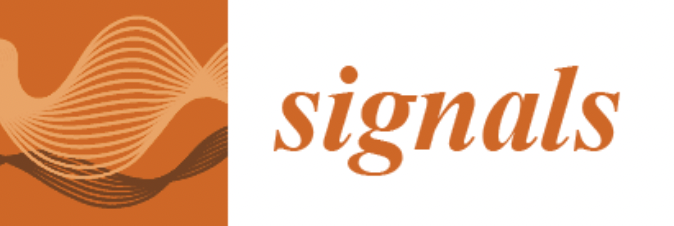This paper investigates eye behaviour through blinks activity during stress conditions. Although eye blinking is a semi-voluntary action, it is considered to be affected by one’s emotional states such as arousal or stress. The blinking rate provides information towards this direction, however, the analysis on the entire eye aperture timeseries and the corresponding blinking patterns provide enhanced information on eye behaviour during stress conditions. Thus, two experimental protocols were established to induce affective states (neutral, relaxed and stress) systematically through a variety of external and internal stressors. The study populations included 24 and 58 participants respectively performing 12 experimental affective trials. After the preprocessing phase, the eye aperture timeseries and the corresponding features were extracted. The behaviour of inter-blink intervals (IBI) was investigated using the Markovian Analysis to quantify incidence dynamics in sequences of blinks. Moreover, Convolutional Neural Networks (CNN) and Long Short-Term Memory (LSTM) network models were employed to discriminate stressed versus neutral tasks per cognitive process using the sequence of IBI. The classification accuracy reached a percentage of 81.3% which is very promising considering the unimodal analysis and the noninvasiveness modality used.
For more information see:
Korda, A. I., Giannakakis, G., Ventouras, E., Asvestas, P. A., Smyrnis, N., Marias, K., & Matsopoulos, G. K. (2021). Recognition of Blinks Activity Patterns during Stress Conditions Using CNN and Markovian Analysis. Signals, 2(1), 55–71. https://doi.org/10.3390/signals2010006
